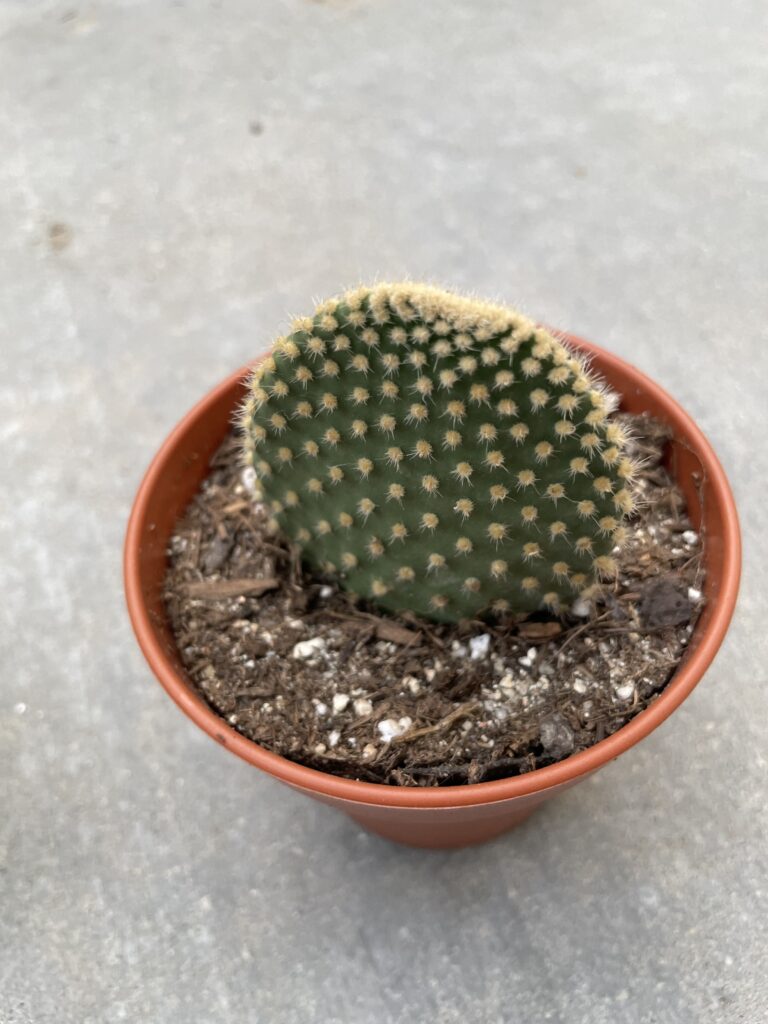There’s Different Types of Soil?
Yes! There’s a lot of different types of soil. Soil is one of the most important parts to growing a healthy plant, so make sure you choose the right one. The three most common types are sandy, loamy, and clay. Keep reading to see the benefits of each type!
Soil pH
I know. This isn’t a type of soil, but it’s important to know about before we cover the three types. If you remember from chemistry or even biology, the pH scale ranges from 0-14 for our intents and purposes. The lower the number, the more acidic the substance. The higher, the more alkaline (basic) the substance. A neutral substance has a pH of 7. For soils, we’re aiming to have a pH of about 3.5-10.
The majority of plants prefer a neutral soil, but some like the extremes, so check for your specific plants care guide!
To make a soil acidic, and lime fertilizers. More common items include vinegar and coffee grounds. To make a soil more alkaline, you can add sulfur or ammonia fertilizers. This is the most efficient method, however, it is believed that you can use baking soda or eggshells as well.
Sandy Soil
Sandy soil usually has a lighter color. It drains and dries quickly and warms up quickly, making it phenomenal for succulents. Why doesn’t everyone use this if it helps prevent diseases such as root rot? Well, it doesn’t hold nutrients as well. Since it drains so quickly, the nutrients are washed away so supplements have to be added for your plants to grow properly.
What makes sandy soil lighter? There is more room in the soil. The sand particles are larger than the soil which allows for aeration. This also makes the soil lighter, which is an additional benefit for those not wanting to lift heavy pots.

Loamy Soil
Loamy soil: Your go to choice for most plants in a garden. It’s a mixture of sand, clay, and silt, usually in even amounts. This is the thick, nutrient heavy soil that you see packed into bags or soil in mounds. It retains moisture, doesn’t dry out quickly, and holds structure. This makes it ideal for your lawn, flowers, and fruits or vegetables.
Why is loamy soil not everywhere then? Well, it kind of is. The only plants that really dislike this type of soil is succulents. The moisture retaining properties of this soil can lead to succulents number one cause of death; root rot. If your succulent is in loamy soil, I recommend replanting it as soon as you can.
While loamy soil is high in nutrients, the common plants require just as much. In order for your plants to thrive, make sure you add supplements and mulches. There’s a great technique you can use for food production called rotating crops which can also be applied.
Clay Soil
The last type is clay. Clay soil is particular. It’s hard and made of sediment. Roots can’t get into the soil so a majority of plants struggle to thrive. Bigger roots, however, can thrive in this rough soil. If you’re planting trees or large shrubs, they will take quite well to the moisture retaining mixture.
If this is your only option, there are a couple ways to make this soil more hospitable to other plants. The first is to mix in some other materials that will aerate the soil. This can be gravel or other soils. You can also break up the clay so that it doesn’t clump together.
What soil should I use then?
Well, it depends. Each type of plant likes different types of soil and your best bet is to learn from others, so look for care guides online! In general, you can follow the suggestions I listed above if you don’t want to look for additional opinions. Succulents like sandy soils, most plants like loamy, and large plants like clay.
Remember to provide supplements to your soil, regardless of type, so that your plants have the best chances of growing. Listed below are some links to other Plant Palatia media where you can find help if need be. Good luck with your garden!